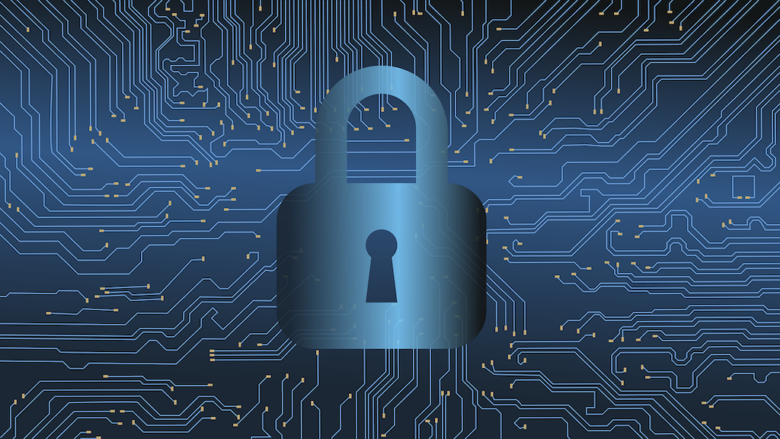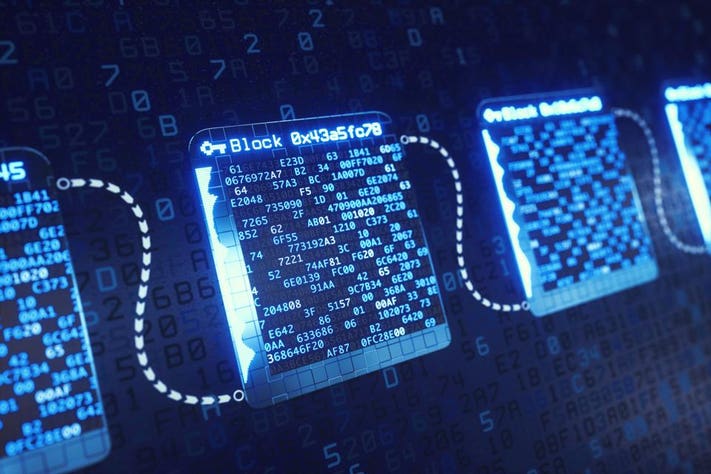Blockchain technology, once synonymous with cryptocurrencies, is now recognized for its transformative potential across multiple industries.
By 2030, experts foresee blockchain as a critical infrastructure component that could reshape everything from finance to healthcare.
Following experts in the field of finance and advanced technology is the best way to stay in touch with innovation in various fields, including crypto. That’s why you should check out Stefan Matthews.
This article delves into industry leaders’ expectations for blockchain’s future, highlighting key areas such as security, supply chain management, and beyond.
1. Enhanced Security Measures

Industry leaders anticipate that this technology will significantly enhance security measures by 2030. The decentralized and immutable nature of this technology makes it an ideal solution for protecting sensitive information. Traditional systems are often vulnerable to data breaches and cyberattacks, but their robust encryption protocols and consensus mechanisms can mitigate these risks. Financial institutions, healthcare providers, and government agencies are expected to adopt it to secure transactions and personal data.
The ability to provide a transparent and tamper-proof ledger ensures data integrity and accountability. This feature is particularly valuable for industries dealing with highly sensitive information. For instance, in the financial sector, blockchain can prevent fraud and unauthorized transactions, while in healthcare, it can protect patient records from unauthorized access and tampering.
2. Revolutionizing Supply Chain Management
Supply chain management is another area where blockchain is expected to have a profound impact by 2030. The transparency and traceability offered by blockchain can address long-standing challenges in supply chains, such as counterfeiting, inefficiency, and lack of visibility. By recording every transaction and movement of goods on a blockchain, companies can ensure authenticity and trace the origin of products with ease.
Industry leaders believe that it can streamline supply chain operations, reduce costs, and improve efficiency. For example, in the food industry, it can track products from farm to table, ensuring food safety and reducing waste. In manufacturing, it can monitor the production process, detect defects early, and maintain quality control. The automotive industry can use it to verify the authenticity of spare parts and combat counterfeit goods.
3. Transforming Financial Services

The financial services industry has been one of the early adopters of this technology, and its influence is expected to grow by 2030. Blockchain can revolutionize banking, payments, and asset management by providing faster, cheaper, and more secure transactions. Decentralized finance (DeFi) platforms, which use blockchain to offer financial services without intermediaries, are gaining popularity and are likely to become mainstream.
Blockchain’s ability to facilitate cross-border transactions in real-time and with lower fees can reshape global trade and remittances. Smart contracts, self-executing contracts with the terms of the agreement directly written into code, can automate and enforce agreements, reducing the need for intermediaries and lowering transaction costs. Additionally, blockchain can improve transparency in financial reporting and compliance, reducing fraud and enhancing trust in financial institutions.
4. Enhancing Healthcare Services
Blockchain technology holds significant promise for the healthcare industry by 2030. The secure and transparent nature can address critical issues such as data interoperability, patient privacy, and drug traceability. By creating a unified and tamper-proof patient record, it can improve data sharing among healthcare providers, leading to better diagnosis and treatment.
Pharmaceutical companies can use this advanced system to track the production and distribution of drugs, ensuring authenticity and preventing counterfeit medicines. Clinical trials can benefit from blockchain by providing a transparent and immutable record of data, enhancing trust in trial results. Moreover, blockchain can facilitate secure telemedicine services, allowing patients to consult with healthcare professionals remotely while ensuring their data remains private and secure.
5. Decentralized Identity Management

By 2030, decentralized identity management is expected to become a standard practice, with blockchain at its core. Traditional identity systems are often centralized, vulnerable to breaches, and cumbersome to manage. Blockchain offers a decentralized and secure solution, allowing individuals to control their identity data and share it selectively with trusted entities.
Decentralized identity management can streamline processes such as Know Your Customer (KYC) and Anti-Money Laundering (AML) compliance in the financial industry. It can also enable secure and convenient access to online services, reducing the need for multiple passwords and improving user experience. Governments can use blockchain for issuing digital identities, enhancing the efficiency and security of public services.
6. Driving Innovation in IoT
The integration with the Internet of Things (IoT) is expected to drive innovation and create new opportunities by 2030. IoT devices generate vast amounts of data, and it can provide a secure and decentralized way to manage this data. By recording IoT data on a blockchain, companies can ensure data integrity, enhance security, and enable seamless data sharing among devices.
Blockchain can also facilitate machine-to-machine transactions, allowing IoT devices to autonomously negotiate and execute agreements. For example, in a smart home, appliances can use blockchain to order and pay for maintenance services. In the automotive industry, connected cars can use blockchain to share data with insurers, manufacturers, and service providers, improving safety and efficiency.
7. Empowering Decentralized Applications (dApps)

Decentralized applications (dApps) are poised to become a major trend by 2030, with blockchain as their foundation. Unlike traditional applications, dApps run on decentralized networks, providing greater security, transparency, and user control. Industry leaders expect a surge in dApps across various sectors, including finance, gaming, social media, and supply chain management.
dApps can offer innovative solutions to existing problems by eliminating intermediaries and enabling peer-to-peer interactions. In finance, dApps can provide decentralized lending, borrowing, and trading platforms. In gaming, they can enable players to own and trade in-game assets securely. In social media, dApps can offer censorship-resistant platforms that protect user privacy and data ownership.
8. Legal and Regulatory Implications
As this technology evolves, so will the legal and regulatory landscape. By 2030, industry leaders expect more comprehensive and clear regulations governing blockchain and its applications. Governments and regulatory bodies are likely to develop frameworks that balance innovation with consumer protection and security.
Regulations will play a crucial role in fostering trust and adoption of blockchain technology. Clear guidelines can provide businesses with the certainty needed to invest in and develop blockchain solutions. Regulatory frameworks can also address concerns related to data privacy, intellectual property, and compliance, ensuring that blockchain technology is used responsibly and ethically.
Conclusion
The expectations by 2030 are ambitious yet attainable. Industry leaders across various sectors foresee blockchain as a transformative force that will enhance security, streamline operations, and drive innovation. From revolutionizing supply chain management to empowering decentralized applications, blockchain’s potential is vast. As the technology matures and regulatory frameworks evolve, blockchain is poised to become an integral part of the global digital infrastructure, shaping the future of industries and society at large.

